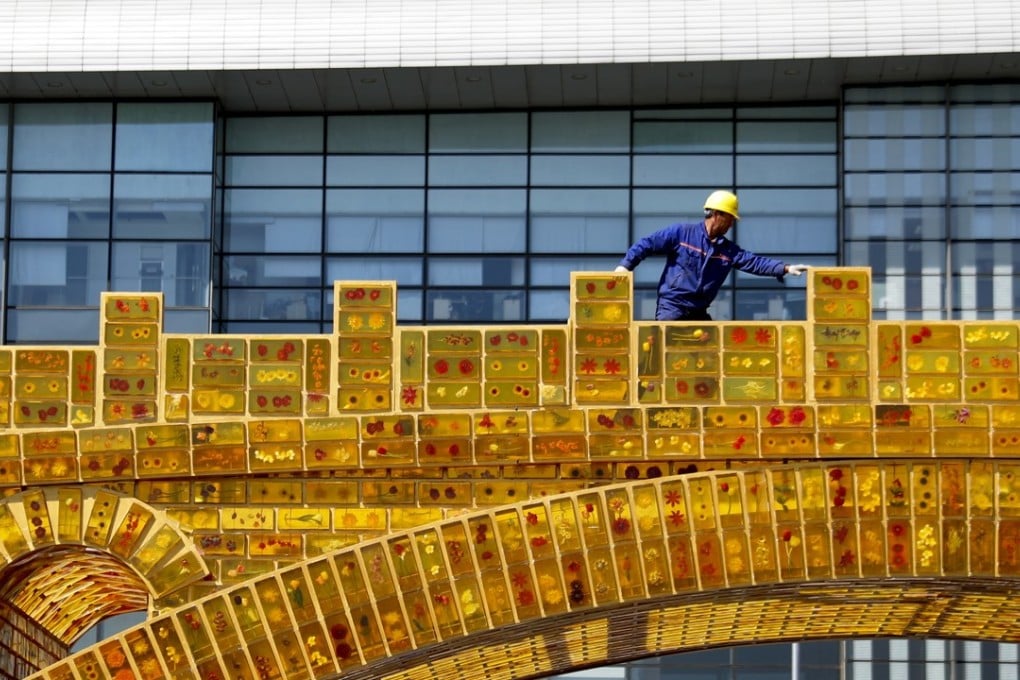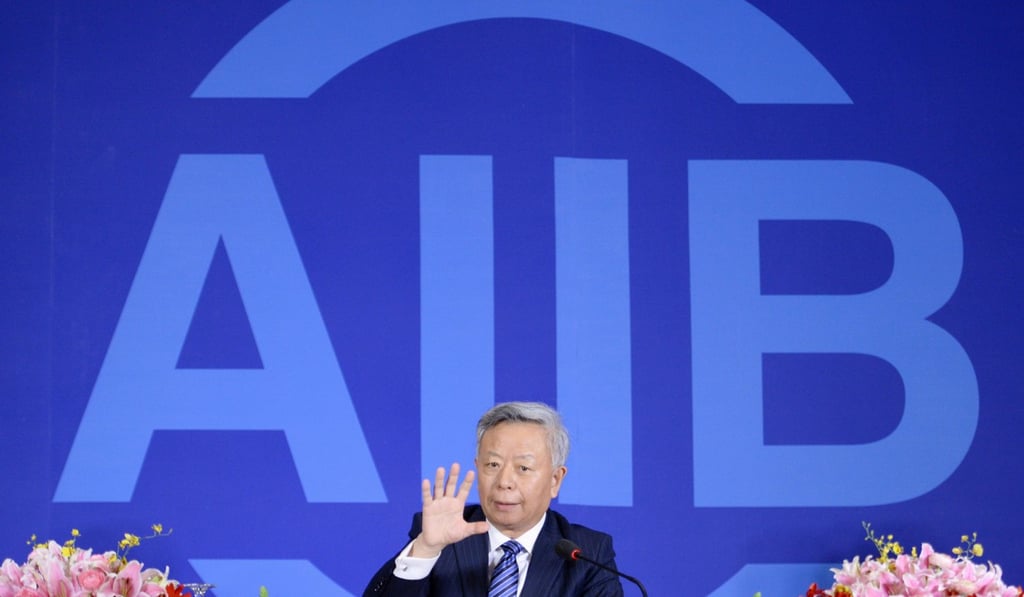All you need to know about China’s ‘Belt and Road Initiative’: what is it, who’s paying, who’ll benefit and who might lose out

China’s much-discussed “Belt and Road Initiative” will shape the global economic market and geopolitical landscape for years to come. Ahead of a summit devoted to the plan, scheduled to take place on May 14-15 in Beijing, we take a look at its significance.
What is it?
Previously known as “One Belt, One Road”, the initiative is being spearheaded by the Chinese government to improve trade and economic integration across Asia, Europe, and Africa. The strategy uses free-trade agreements and infrastructure projects – including roads, ports and railways – to create a modern Silk Road spanning some 65 countries, which have a combined gross domestic product (GDP) of US$21 trillion. It includes both an economic land “belt” through Eurasia, and a maritime “road” to connect coastal Chinese cities to Africa and the Mediterranean.
When and why did China create this initiative?
Chinese President Xi Jinping endorsed the scheme in late 2013, with a stated goal of increasing global economic cooperation. In additional to stimulating China’s own economy, the plan is aimed at bolstering its economic relationships and influence, while providing more political capital at home and abroad.
Many observers have said the initiative could help establish China as a regional power – despite Xi’s insistence the country will not interfere in other nation’s affairs or seek hegemony – on a scale that supersedes the Marshall Plan that the United States launched to help rebuild Europe after the second world war. It also has significant implications for China’s ability to achieve energy security.
How will the plan be financed?

What is happening at the summit?
In what is expected to be China’s biggest diplomatic event of the year, state leaders will meet in Beijing to discuss the initiative over two days. In January, Xi said the summit was a chance to brainstorm on ways to address regional and global economic problems, and ensure the initiative delivered benefits to all countries involved. Top leaders from at least 28 countries have confirmed their attendance at the summit, including major southeast Asian leaders, as well as Russian President Vladimir Putin.
But only one G7 leader is expected to show – Italian Prime Minister Paolo Gentiloni. When Chinese Foreign Minister Wang Yi announced the summit’s guest list in April, he did not mention officials from South Korea, North Korea, or Japan – which have strained ties with China.
What does the scheme mean for the United States and its allies?
While China bills the “Belt and Road Initiative” as a move toward global economic cooperation, its expansive reach has set off alarm bells for the United States, which has been wary of China’s growing influence. The strategy not only kicks China’s economic standing up a notch, it also challenges trade agreements that have excluded China, such as the Trans-Pacific Partnership, which US President Donald Trump nixed. Neither the United States nor its primary Asian ally, Japan, are part of the China-led AIIB, and neither of their heads of state will be at the upcoming summit.